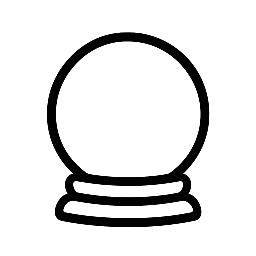The tarot is a complex and multifaceted system of symbolism, offering a rich tapestry of insights and understandings. While individual cards can provide valuable information, it is the combinations of cards that truly reveal the depth and nuance of the tarot. In this article, we will explore the art of weaving together card combinations to create a richer understanding of the tarot and its secrets.
Introduction to Card Combinations
When reading tarot cards, it is common to focus on the individual cards and their meanings. However, the true power of the tarot lies in the relationships between the cards. By combining cards, we can gain a deeper understanding of the situation, the question being asked, and the underlying energies at play. Card combinations can be used to:
- Provide context and clarification on individual card meanings
- Reveal patterns and themes in the reading
- Offer insights into the past, present, and future
- Highlight areas of tension and conflict
- Suggest possible outcomes and solutions
Types of Card Combinations
There are several types of card combinations that can be used in tarot readings, including:
- Pairings: Combining two cards to gain a deeper understanding of their individual meanings and how they relate to each other.
- Triads: Combining three cards to reveal patterns and themes in the reading.
- Quadrants: Combining four cards to provide a more comprehensive understanding of the situation.
- Storylines: Combining multiple cards to create a narrative or storyline that reveals the underlying dynamics of the situation.
Techniques for Weaving Together Card Combinations
To weave together card combinations, the following techniques can be used:
- Card linking: Identifying connections between cards, such as shared themes, symbols, or energies.
- Card contrasting: Highlighting the differences between cards to reveal areas of tension and conflict.
- Card building: Using cards to build upon each other, creating a narrative or storyline that reveals the underlying dynamics of the situation.
- Card bridging: Using cards to bridge the gap between different areas of the reading, revealing connections and patterns that may not be immediately apparent.
Examples of Card Combinations
Here are a few examples of card combinations and how they can be used to gain a deeper understanding of the tarot:
- The Fool and the Magician: This combination suggests new beginnings and the power to manifest one’s desires. The Fool represents innocence and spontaneity, while the Magician represents skill and manifestation.
- The High Priestess and the Moon: This combination suggests intuition and illusion. The High Priestess represents secrecy and intuition, while the Moon represents illusion and deception.
- The Wheel of Fortune and the Tower: This combination suggests change and upheaval. The Wheel of Fortune represents destiny and fate, while the Tower represents sudden change and revelation.
Conclusion
The tarot tapestry is a complex and multifaceted system of symbolism, offering a rich and nuanced understanding of the world and our place in it. By weaving together card combinations, we can gain a deeper understanding of the tarot and its secrets, revealing patterns and themes that may not be immediately apparent. Whether you are a seasoned tarot reader or just starting out, the art of combining cards is an essential tool for unlocking the full potential of the tarot.


Leave a Reply